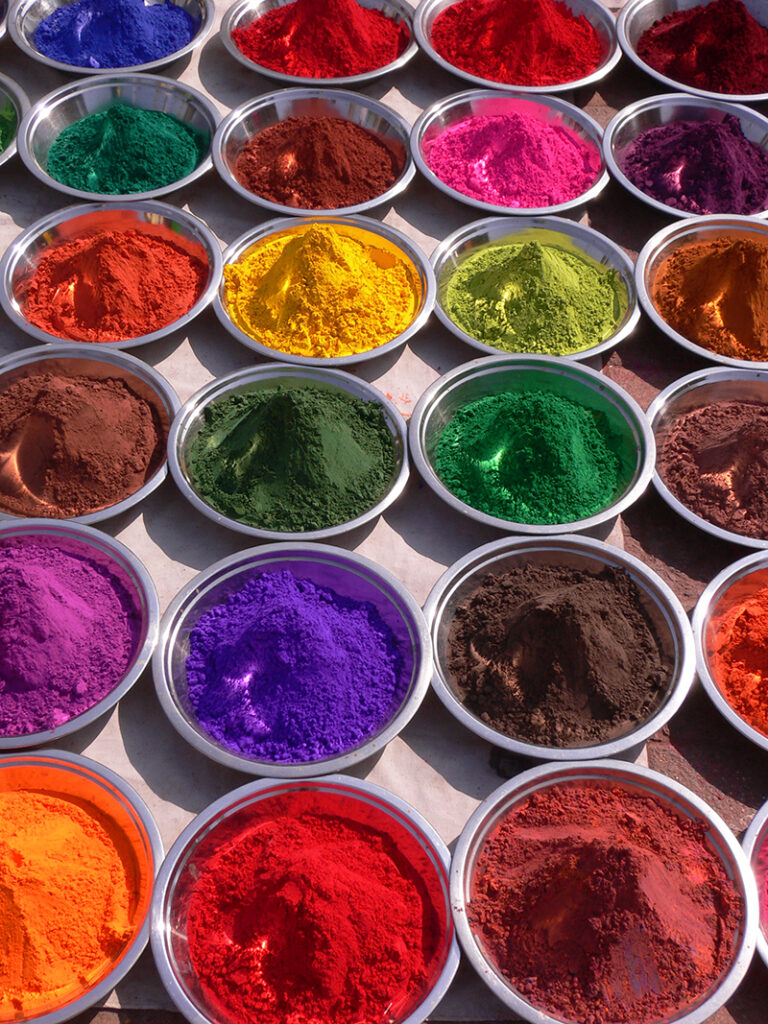
The global synthetic food colors market is set to grow at a healthy CAGR of 6% during the forecast period (2022-2032), reaching a valuation of US$ 1,066 Mn by 2032.
Demand for synthetic food colors in the market is driven by the rapid production and consumption of high-quality and appealing processed foods, the easy availability and inexpensive nature of synthetic food colors, and the rapid growth of the food and beverage industry worldwide.
Synthetic food colors are chemically derived artificial colors used across the food and beverage industry for enhancing the visual appeal of products. These colors also help to retain the original properties of vitamins, flavors, and nutrients in food products that can get altered due to sunlight.
Get Recently Updated Report of Market as Sample Copy: https://www.futuremarketinsights.com/reports/sample/rep-gb-15299
Moreover, the rising trend of party culture supplements the market expansion of RTD drinks. These cocktails are also easy to handle or carry which promotes their consumption at social gatherings. A popular drink among the millennials, RTD drinks are available in a wide range of flavors, are the healthier drinking option, and offer consumers the convenience of a quick energy drink. Thus, RTD cocktails cater to almost all of the consumers’ demands regarding beverages. This will boost the market growth for the product in the international market.
Thus, growing focus of food manufacturing for improving the product appeal will continue to play a key role in pushing the sales of synthetic colors during the assessment period.
Similarly, rising production and consumption of food products and beverages along with the highly effective nature of synthetic food colors as compared to natural ones will boost market growth during the forthcoming decade,
Regionally, Asia Pacific, spearheaded by China and India is expected to emerge as a lucrative market for synthetic food colors during the forecast period. Growth in APAC synthetic food colors market is driven by rising adoption of synthetic colors in a wide range of applications due to their inexpensive nature, increasing consumer discretionary spending on processed foods, and rapid expansion of food and beverage industry.
However, presence of stringent regulations, growing popularity of natural food colors, and misperceptions about synthetic food among consumers are emerging as key restraints limiting growth in the synthetic food colors market.
Access the Complete Report Methodology Now: https://www.futuremarketinsights.com/request-report-methodology/rep-gb-15299
Key Takeaways from Market Study
- By application, the beverage segment holds the largest market share of about 20% in 2022.
- The Asia-Pacific synthetic food colors market exhibited sales of 19,500 metric tons by volume and is expected to grow at 5.7% CAGR between 2022 and 2032.
- Demand for synthetic food colors in EMEAI market is expected to grow at 5% CAGR between 2022 and 2032.
- North America synthetic food colors market is expected to register a CAGR of 4.9% during the forecast period from 2022 and 2032.
- Germany synthetic food colors market reached a valuation of US$ 33 Mn in 2022.
“Companies of synthetic food colors would gain significantly by targeting the newer sub-segments in the food processing industry. Synthetic food colors are still the go-to choices for newer food processing units due to their affordability. Foraying into emerging economies and establishing strategic alliances with global food brands would immensely help synthetic food colorant brands,” says a Future Market Insights analyst.
Competitive Landscape
Synthetic food colors companies have been modifying the product to attract end-user industries and consumers. They are focusing on improvising their products by investing in the creation of newer colors, investing in research and development, launching new product types, and acquiring regional innovative units.
Manufacturers like Biocon are also diversifying towards various applications like pet foods and edible cosmetics by the means of acquisition and collaboration. Allied Biotech stands out on the market and continues to expand its sales territory growing into a global food colorant brand.
Get Full Access of this Report: https://www.futuremarketinsights.com/checkout/15299
Key Players:
- Archer Daniels Midland Company
- DSM
- Vinayak Ingredients India Pvt Ltd.
- Nature S.A.
- ROHA (A JJT Group Company)
- San-Ei Gen F.F.I., Inc.
- Sensient Colors LLC.
- Symrise AG
- Chr. Hansen Holding A/S
- Denim Colourchem (P) Limited
- Allied Biotech Corporation
- DIC Corporation (BASF SE)
- BioconColors
- DDW, The Color House
- Döhler Group
- GNT International B.V.
- Kalsec Inc.
- Others
Synthetic Food Colors Market By Category
By Form:
- Liquid
- Powder
- Gel
By Type:
- Pigment
- Dyes
By Colors:
- Yellow
- Blue
- Red
- Green
- Others
By Application:
- Beverage
- Bakery, Snacks, and Cereals
- Candy/ Confectionery
- Dairy
- Fruit Preparations/ Fillings
- Meat, Poultry, Fish, and Eggs
- Potatoes, Pasta, and Rice
- Sauces, Soups, and Dressings
- Seasonings
- Pet Food
Buy Report now with 20% Discount@ https://www.futuremarketinsights.com/checkout/15299
About Future Market Insights (FMI)
Future Market Insights, Inc. (ESOMAR certified, recipient of the Stevie Award, and a member of the Greater New York Chamber of Commerce) offers profound insights into the driving factors that are boosting demand in the market. FMI stands as the leading global provider of market intelligence, advisory services, consulting, and events for the Packaging, Food and Beverage, Consumer Technology, Healthcare, Industrial, and Chemicals markets. With a vast team of over 400 analysts worldwide, FMI provides global, regional, and local expertise on diverse domains and industry trends across more than 110 countries.
Contact Us:
Nandini Singh Sawlani
Future Market Insights Inc.
Christiana Corporate, 200 Continental Drive,
Suite 401, Newark, Delaware – 19713, USA
T: +1-845-579-5705
For Sales Enquiries: sales@futuremarketinsights.com
Website: https://www.futuremarketinsights.com
LinkedIn| Twitter| Blogs | YouTube

